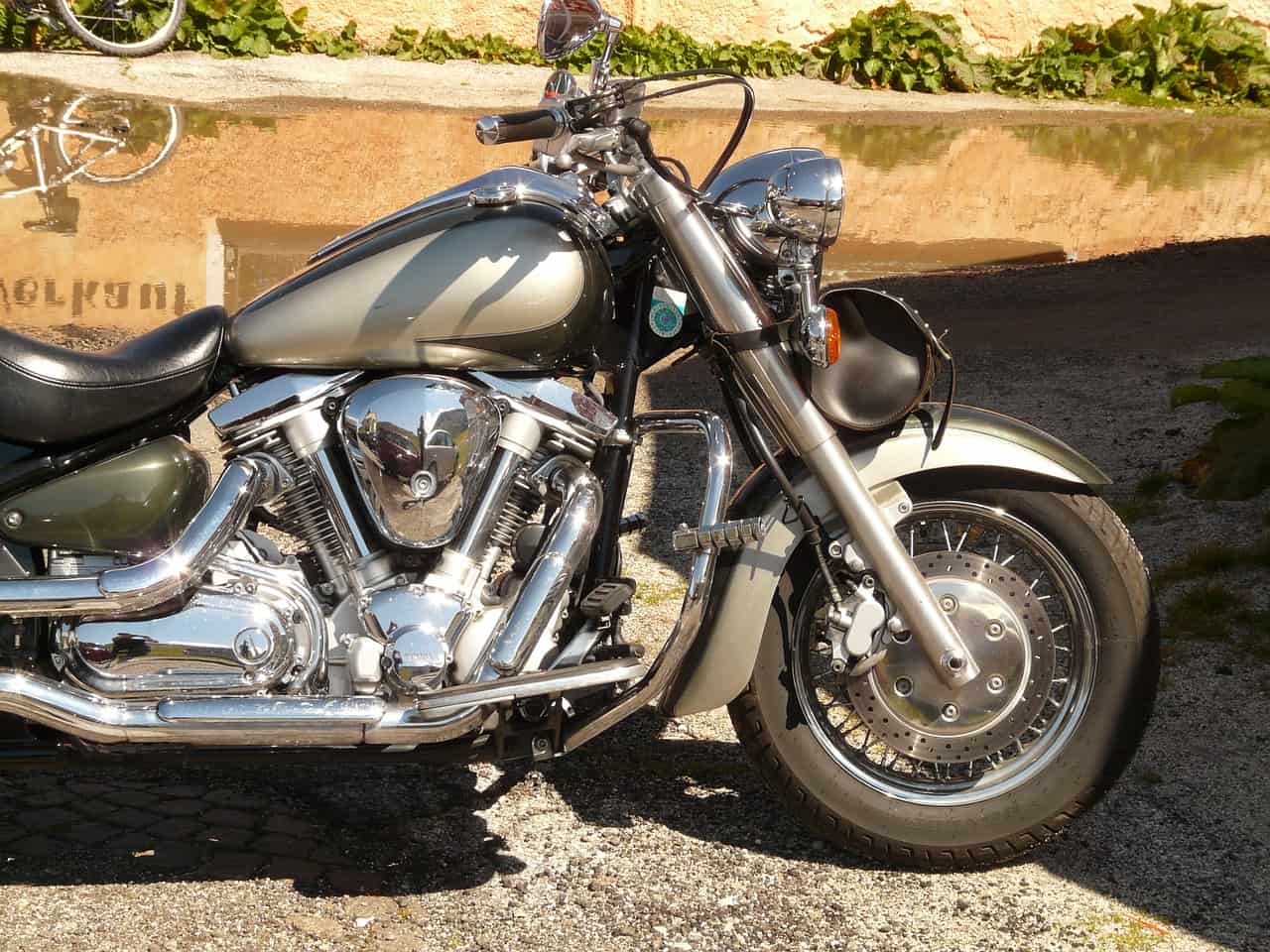
Motorcycles have something exciting about them. But before you can ride a motorcycle at high speeds and through fast corners, you must first learn how to start, balance and operate a motorcycle.
Just like in a car, a motorcycle has gas, clutch and brakes. There is also an ignition where you turn the key, but the engine is started in a slightly different way, more on that in a moment. We also have a steering wheel, which is completely different from the car one. This is where you operate the clutch (lever on the left), the front brake (right) and the gas (right handle). On the steering wheel, you will also find various buttons to operate the lights, turn signals, or – in the case of the better equipped models – accessories such as cruise control or heated grip switch. On the right handle, we should find a red button which is responsible for cutting off the ignition. With this button, we can turn off the engine at a standstill or in an emergency situation. The clocks, just like in a car, show us the current speed and engine rpm.
Once we are familiar with the basic elements of a motorcycle, it is time to move on to more practical matters. To start the engine, we need to turn the key in the ignition. In a car the task would be done, here you need to do a little more. We should remember to press the clutch and the brake, just to be safe. The engine itself start by holding with a sense of a special button that starts the starter. As soon as we feel that the motorcycle “came alive” we immediately release the ignition button, just like when turning the key in the ignition. The gas is operated with the right handle. Unscrewing it to yourself – we accelerate. At the left footrest we find a gear lever. Their operation is as follows: each gear is driven by pulling with the foot – once down (first gear), the next up, in turn – neutral gear, second gear, third gear, fourth gear, fifth gear (if we have it available). Downshifting, on the other hand, is done in reverse order. The rear brake, which we should be able to feel fairly quickly, is located by the right foot
If we have well-learned biking skills we should have no major problems translating this to riding a motorcycle. Of course it is more difficult and requires mastering, because there are other activities which we perform at the same time. If we don’t feel like starting with the clutch, we can turn off the engine and try to push off a few times with our legs, then pull them away and ride a few meters keeping our balance
This can be repeated several times. Once you have learnt how to move and keep your balance, you can try adding gas very gently and then letting it go so that you can continue at slow speed, and try this a few times. In the next step, after adding the gas, shift to second gear and drive a few meters at slow speed. Once you have mastered shifting and sensitively adding throttle, you can try to increase the gear ratio. For braking you should initially use the rear brake, as the front requires a bit more feeling. Do not jerk the brake lever as you may end up tipping over.
An extremely important element for a motorcyclist is appropriate clothing. A helmet is the basis. Head protection is the most important, so it should not be the cheapest equipment. It would be best to get one with a road traffic approval, because it is a guarantee of quality and safety. Gloves are also important, which will not only protect us in case of a fall, but also against bad weather conditions. It is also worth remembering to choose a good quality jacket. The same applies to knee and ankle protectors. Remember not to get on a bike in flip-flops or sandals. It is simply very dangerous.
Successful and safe motorcycle riding requires a lot of practice. You should gradually move on to the next stages of learning, it will guarantee our safety.
(Photo: pixabay.com)